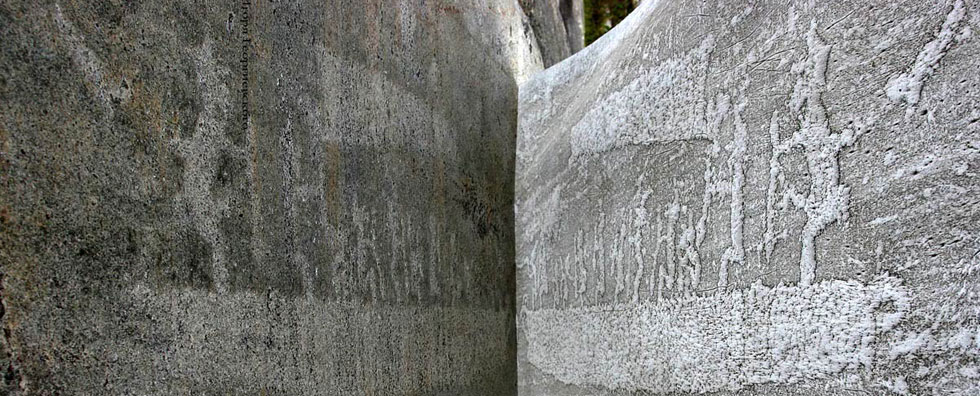
Issue №4, Vol. 15
Bastrikov D., Kunitskaya O. Efficiency increase of barking waste grinding // Resources and Technology. 2018. №4, Vol. 15. P. 1‒30.
DOI: 10.15393/j2.art.2018.4262
Efficiency increase of barking waste grinding
| Bastrikov Dmitry | Voronezh state forest engineering University named after G. F. Morozov, bastrikov@gmail.com |
| Kunitskaya Olga | Yakut state agricultural Academy, ola.ola07@mail.ru |
|
Key words: barking waste grinding grinders with a knife working body |
Summary: Shredding operation is one of the most important and energy-intensive operations in the cycle of barking waste preparation for recycling, for example, for biofuel production. In the scientific literature, there are practically no mathematical models adequately describing the grinding of barking waste using modern equipment with a knife working body as the most common tool. There are some research results in such related fields as those of building materials technology and in the mining industry. However, their adaptation to the specifics of the timber processing industry is impossible without proper theoretical and experimental studies. The lack of a process scientific description leads to inefficient and unreasonable decisions in the technological process organization of debarking waste preparation for disposal and leads to an increase in energy costs for the raw materials preparation. As a result, the overall efficiency of processing enterprises is reduced. Barking waste is pieces of bark with the inclusion of wood (chip), the mass fraction of which varies depending on the time of the year. The developed methods of using the bark are divided into four groups: burning the bark to produce heat or electricity; mechanical processing of the bark into construction and insulation materials; chemical processing of the bark to obtain extracts and chemicals; biological processing of the bark for composting. The obvious and most affordable way to dispose of wood bark is the energy method: the use of the bark as fuel. It is customary to distinguish between direct combustion of the bark, for example, in pulp and paper mills, where the bark is burned in special high-performance boilers (usually in a mixture with other fuels, for example, chips, coal or liquid fuel); burning of briquetted bark. The benefits of briquetted biofuel are well known. It is important to note that, in addition to the moisture content of raw materials, the quality and strength of the resulting briquettes is affected by the fractional composition of raw materials. The inclusion of large-sized wood particles dramatically reduces the strength of the briquettes. |
Displays: 1333; Downloads: 889;




